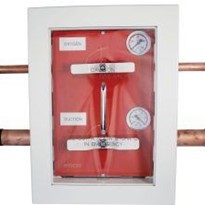These environments are high-risk areas for the spread of infectious diseases as they involve frequent exposure to bodily fluids and contaminated surfaces.
Effective infection control practices – such as sterilisation, hand hygiene, use of personal protective equipment, and correct waste management – help minimise the risk of cross-contamination and healthcare-associated infections. Regulatory bodies and guidelines, such as those from the NHMRC, provide essential protocols that must be adhered to maintain a sterile and safe clinical environment.
When infection control is prioritised, it protects health and reinforces trust and confidence in the care patients receive.
Standard Precautions
Australia implements standard precautions for infection control in healthcare, which are essential for preventing the transmission of infectious diseases. These precautions are applied when caring for patients – regardless of their infection status- and form the foundation of safe clinical practice.
The list below derives from the Australian Guidelines for the Prevention and Control of Infection in Healthcare and is vital for ensuring patient safety.
Hand Hygiene
This is the first and most important step for ensuring the prevention of transmitting an infection. Healthcare workers must carry out hand hygiene before and after every patient interaction, using soap and water or an alcohol-based hand rub.
Personal Protective Equipment (PPE)
Appropriate PPE, such as gloves, masks, eye protection, and gowns, must be used based on the anticipated exposure risk. PPE protects both patients and healthcare workers from potential infection.
Respiratory Hygiene and Cough Etiquette
Coughs and sneezes should be covered by both patients and staff. This can be accomplished with tissues or elbows and must be immediately followed by hand hygiene. A surgical mask should be provided to patients with respiratory symptoms.
Safe Use and Disposal of Sharp Equipment
Needles and other sharp instruments must be handled carefully and disposed of in clearly labelled, puncture-proof sharps containers to prevent injuries and blood-borne infections.
Environmental Cleaning and Surface Disinfection
All surfaces and equipment should be cleaned and disinfected between patients, using hospital-grade disinfectants. Areas that are constantly being used will require frequent cleaning.
Reprocessing of Reusable Medical Devices and Instruments
Instruments used more than once must undergo thorough cleaning, disinfection, and sterilisation before being used on another patient.
Aseptic Technique (Non-Touch)
This includes practices used to minimise contamination during procedures involving sterile instruments or body sites. It is especially crucial during invasive procedures.
Waste Management
Clinical waste, including contaminated materials, must be correctly disposed of to avoid environmental contamination or disease transmission.
Linen Management
Soiled linen should be handled with care, placed in appropriate bags, and laundered by approved facilities.
Transmission-Based Precautions
In addition to standard precautions, there are transmission-based precautions. These come into effect when patients are known or suspected to be infected with highly transmissible or epidemiologically significant pathogens. They are applied in conjunction with standard precautions and are categorised into three main types: contact, droplet, and airborne.
Contact Precautions
Used when infections are spread by direct or indirect contact with the patient or contaminated surfaces. Common conditions requiring contact precautions include MRSA, C. difficile, and certain gastrointestinal infections.
Measures include:
Wearing gloves and gowns when entering the patient’s area. Using dedicated or disposable equipment. Ensuring thorough environmental cleaning and disinfection. Performing hand hygiene before and after glove use.
Droplet Precautions
Applied to infections transmitted by large respiratory droplets generated by coughing, sneezing, or talking. These droplets can travel about one metre and settle on surfaces or mucous membranes. Examples include influenza, pertussis, and mumps.
Measures include:
Wearing a surgical mask within one metre of the patient. Placing the patient in a single room, if possible. Instructing patients to follow cough etiquette. Limiting patient movement and ensuring they wear a mask if transported.
Airborne Precautions
Used for infections transmitted through fine aerosolised particles that can remain suspended in the air over long distances, such as tuberculosis, measles, and chickenpox.
Measures include:
Placing the patient in a negative-pressure airborne infection isolation room (AIIR). Using fit-tested P2/N95 respirators for staff. Keeping the door closed to maintain room pressure. Minimising patient movement.
Why Infection Control is Important
Standard and transmission-based precautions are created to ensure our safety. It is vital that the Australian Guidelines for the Prevention and Control of Infection in Healthcare is followed meticulously to manage outbreaks and prevent the spread of serious infections. With correct staff training, clear signage and communication, all measures can be implemented effectively.
Proper infection control protocols are essential whether you’re designing a new dental practice or upgrading an existing healthcare facility. These guidelines must be integrated into the physical design and operational procedures to ensure optimal patient and staff safety.





-160x160-state_article-rel-cat.png)



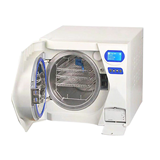





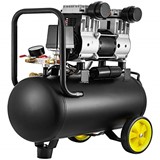
-160x160-state_article-rel-cat.png)

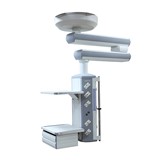

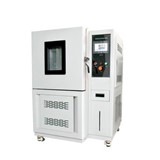





-205x205.jpg)

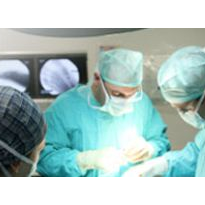
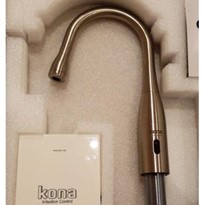
-205x205.jpg)
-205x205.jpg)

